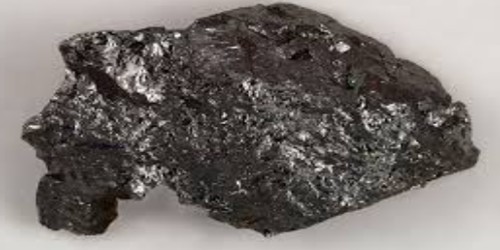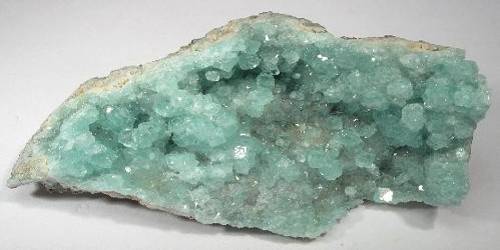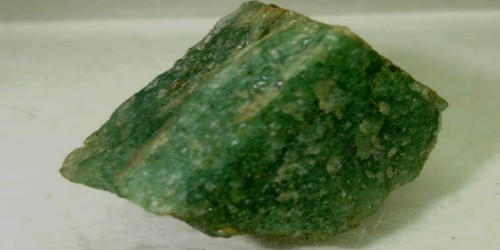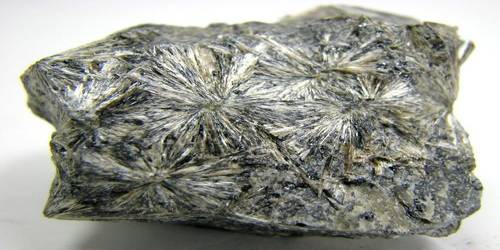Barrerite is a tectosilicate mineral and a member of the zeolite family. It is one of the rarer zeolites. It was named for Richard Barrer, a New Zealand-born British teacher, who studied the chemistry of zeolites.
Barrerite crystal is white to pinkish, with a vitreous-glassy luster. The crystal system is orthorhombic and is flat and tabular in appearance. It has a Mohs hardness of 3 to 4 and its cleavage is perfect. Barrerite has a white streak and a density of 2.13.
General Information
- Category: Zeolite
- Formula: (Na, K, Ca)2Al2Si7O186(H2O)
- Crystal system: Orthorhombic
- Crystal class: Dipyramidal (mmm)
- Member of: Zeolite Group.

Properties
Barrerite is white to pinkish, with a vitreous-glassy luster. It has a transparent to translucent appearance. It has a Mohs hardness of 3 to 4, and its cleavage is perfect. It has a white streak and a density of 2.13 g/cm3.
- Color: White, pink
- Cleavage: Perfect
- Mohs scale hardness: 3 – 4
- Luster: Vitreous-glassy
- Streak: White
- Diaphaneity: Transparent to translucent
- Specific gravity: 2.13.
Occurrence
Barrerite occurs on the walls of large fractures in deeply weathered andesitic and rhyolitic lavas. It is closely associated with Heulandite.
Barrerite is distributed near Capo Pula, below South E¯sio Tower, Nora, Sardinia, Italy. It was first described in 1974 for an occurrence in Sardinia at Sant’ Efisio Tower on Cape Pula in Cagliari Province. It has also been reported from Rocky Pass, Kuiu Island, Alaska, and a few other localities.
Information Source;
















